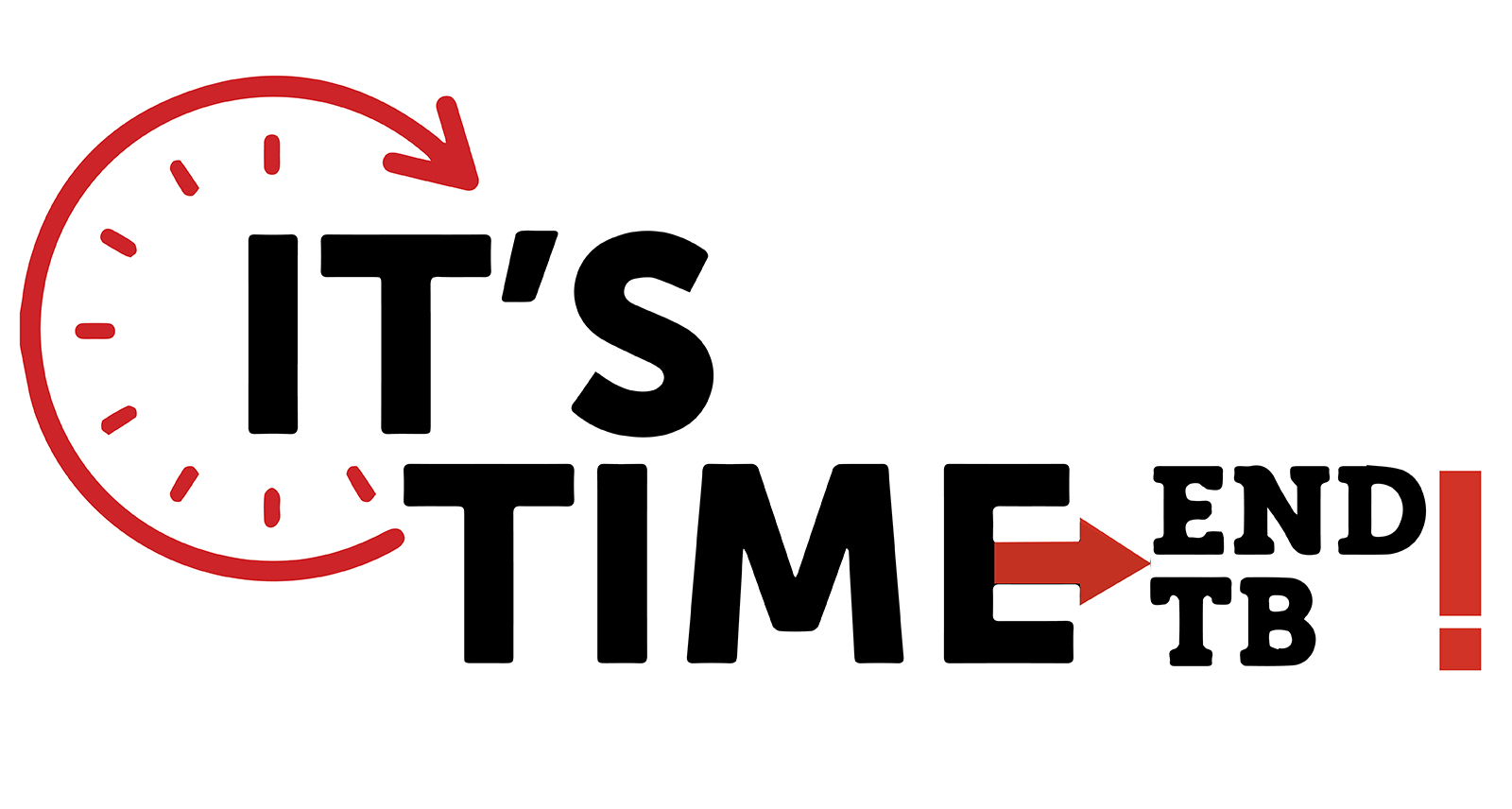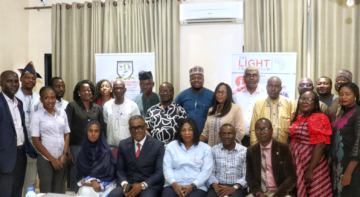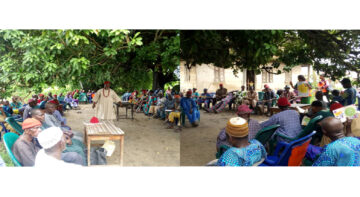Blogs

On 26 September 2018, I was honoured, as an IMPALA PhD student hosted at AFIDEP, to be part of the first-ever high-level meeting of the United Nations General Assembly (UNGA) on TB in New York. The theme of the meeting was “United to End Tuberculosis: An Urgent Global Response to a Global Epidemic.” The aim was to accelerate efforts in ending TB and to reach all affected people with prevention and care.
The UN High Level Meeting (UNHLM) on TB was the fifth time the UN had called for a high-level meeting devoted to a health issue. Previously, it had special sessions on HIV/AIDS, Non-communicable Diseases, Ebola and Antimicrobial Resistance. In attendance were heads of state, UN leadership and other global leaders; technical agencies and academia; private sector and philanthropic foundations; civil society and other relevant partners.
The UNHLM marked a tremendous step forward in the fight against TB with global commitments for treatment, prevention and funding for TB. High burden countries like Kenya had representation by their ministers of health and heads of state. The president of Kenya, His Excellency President Uhuru Kenyatta took the stand to make a commitment that by 2022 Kenya will have increased efforts to diagnose and successfully treat TB. The targets were; finding and successfully treating 585,100 people with drug sensitive TB including 68,800 children, diagnose and treat 6,644 on drug resistant TB and to put 722,160 eligible persons on TB preventive therapy. [Source]
UNHLM TB global commitments
|
Kenya has indeed made strides with finding the missing persons with TB. In addition, the Division of TB, Leprosy and Lung Health in 2020 launched the Latent TB Infection treatment guidelines which is a step in the uptake of preventive therapy. [Source]
Will Kenya reach the 2022 UNHLM targets? The COVID 19 pandemic has had a major impact on finding persons with TB and health systems in general. This is likely to delay achieving the targets Kenya set, as is the case globally. However, COVID 19 also teaches us in the TB world that global and country multi- sectoral engagement in combating an infectious disease is possible. That great strides like development of effective vaccines in a short turnaround time is possible when adequate funding is availed. That TB, which has been the world`s top infectious killer [Source] needs political commitment, adequate funding and global focus to end it.
Tick tock, tick tock….Yes the clock is ticking, we need to learn from the global concerted COVID 19 response to make sure we deliver on the UNHLM commitments!
Brenda Mungai is a PhD student in Global Health, Liverpool School of Tropical Medicine, IMPALA through NIHR funding, hosted at AFIDEP as a PhD fellow.
Related Posts





